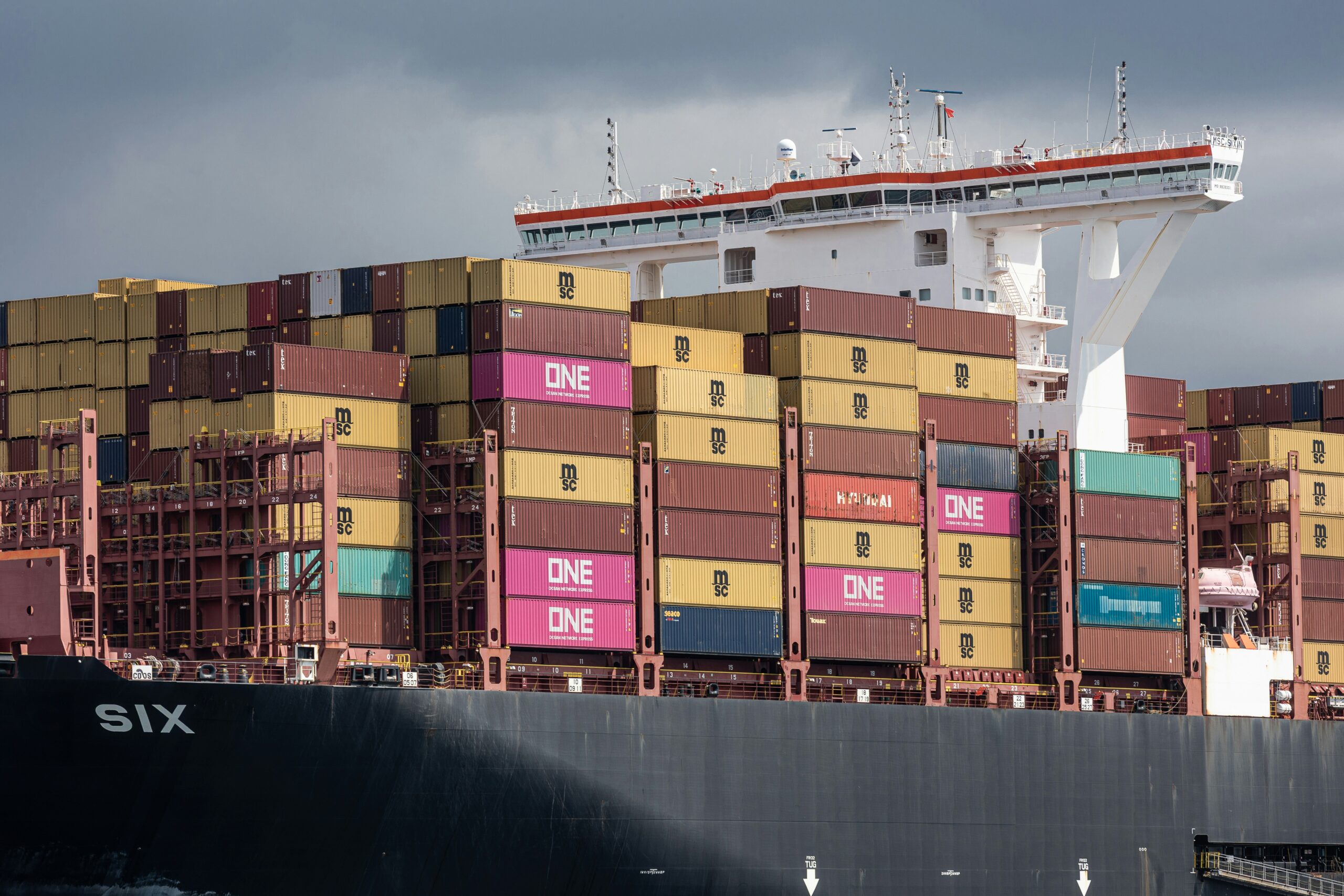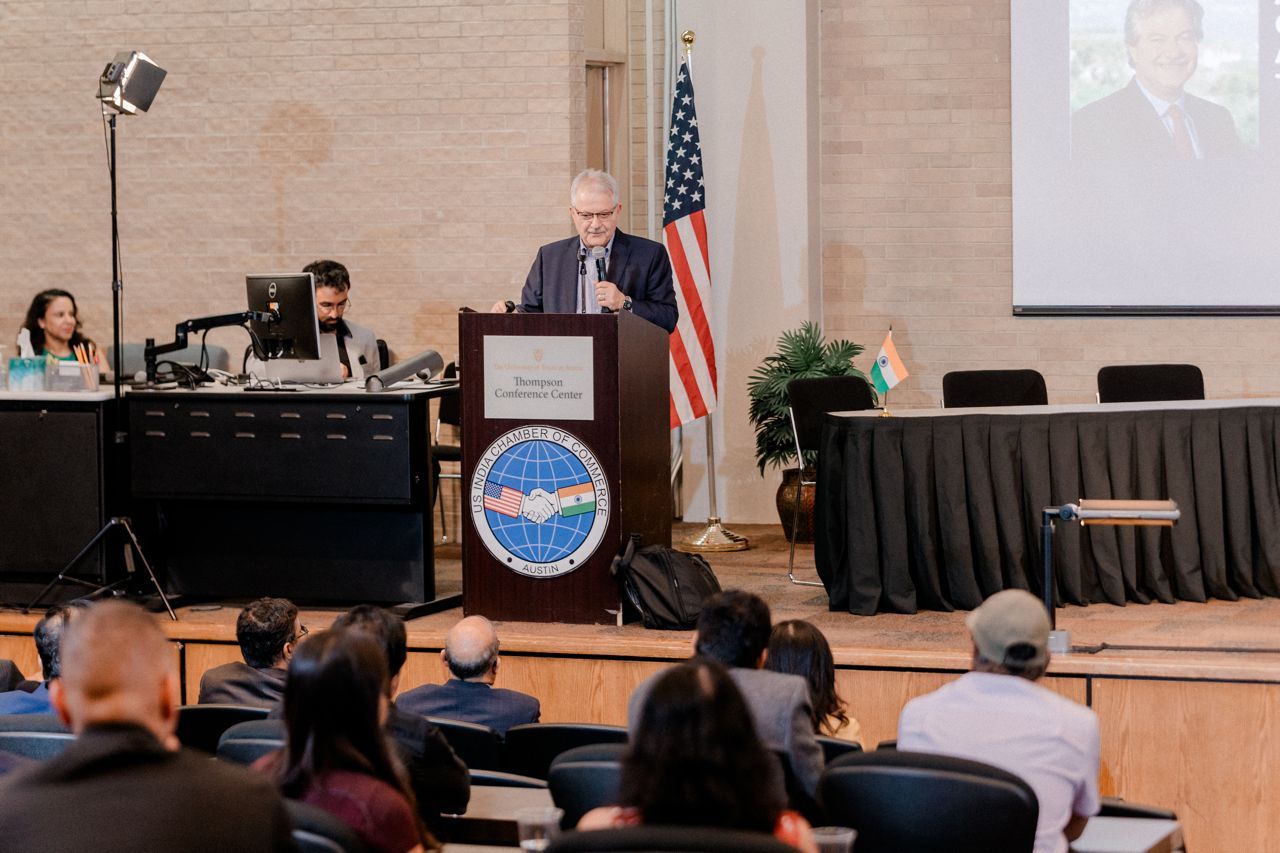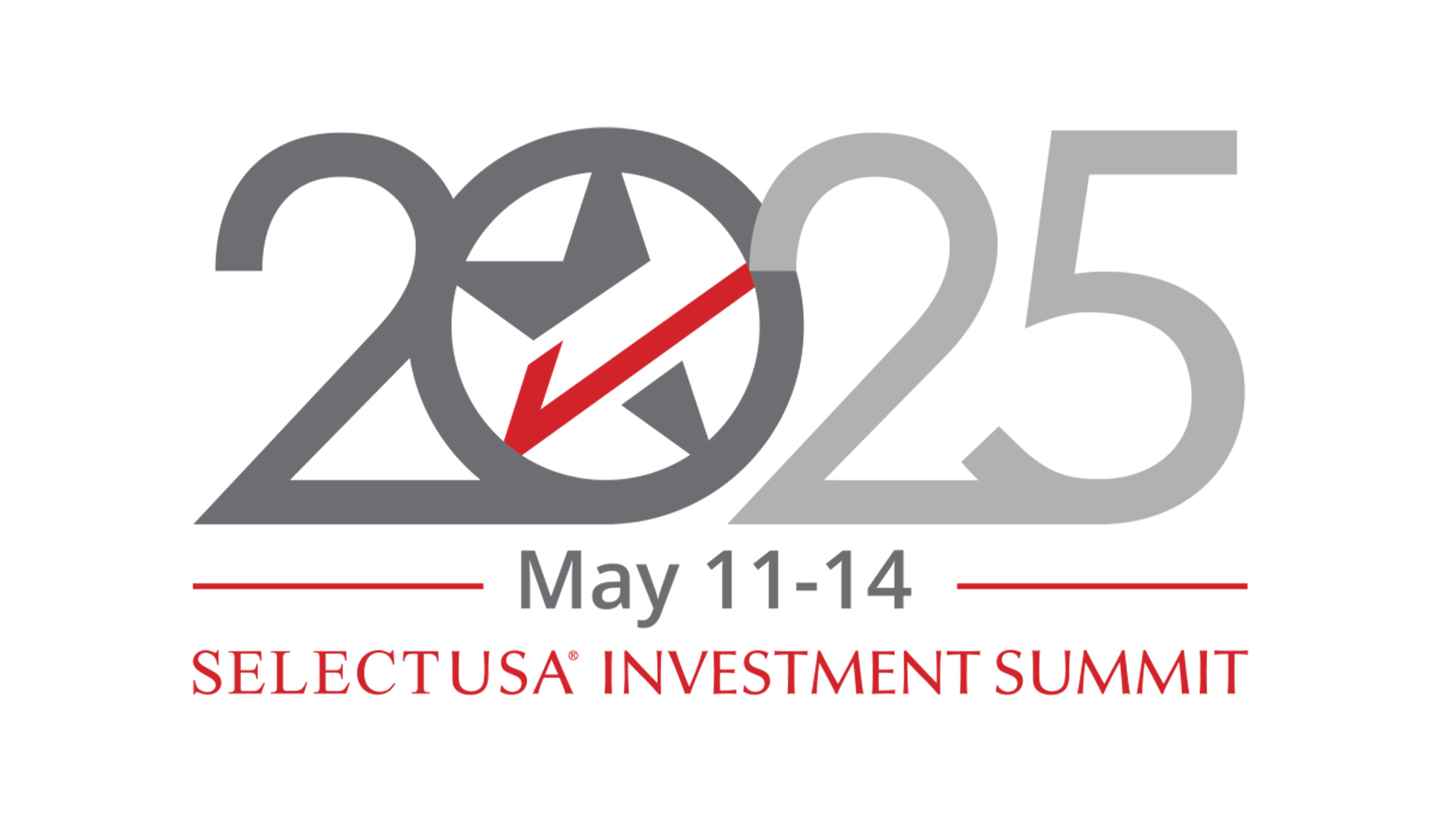By Tim Shea, Special Contributor
It’s been a bit of a wild ride for investors across the globe. Last week, the President’s announcement of new China-focused tariffs sparked fears of a trade war that set global markets tumbling. This week, rumors of behind-the-scenes negotiations to avert the economic showdown put many at ease, and the major indices are on the road to recovery. It’s still too early to tell if the worst of this financial whiplash is behind us, but the recent developments are certainly encouraging.
So encouraging, in fact, that they’re already being touted as a vindication of the President’s shoot-first-ask-questions-later attitude towards trade. And make no mistake, this is a win for the Trump administration. It’s exactly what he promised during the campaign: he talked tough, laid down the gauntlet, and forced a chastised China to the negotiating table with their tail between their legs. So is that it then? All aboard the Trump Train, full steam ahead, because the President was, as it turns out, right?
Well…maybe. Kind of. For now. But there a still a lot of warning signs that our current, antagonistic trade policies are not all that this single round of success makes them out to be.
First, all indicators point towards the fact that the President doesn’t really grasp the economic fundamentals of international trade. Consider last week’s tariff announcement. Ostensibly, the $50 billion sanction is intended to punish China for intellectual property violations, an eminently noble cause. In his own tweet’s leading up to the announcement, however, the President demonstrated his fixation with the United States’ bilateral trade deficit with China. Likewise, the White House’s continued insistence on a $100 billion reduction in the bilateral deficit reveals that Chinese IP theft is little more than a thin façade for the President’s true machinations.
This is alarming because bilateral trade deficits are an entirely irrelevant metric within the broader realm of international trade, which is itself not the pariah the President makes it out to be. Thus, China coming to the table seems less like 4-D chess in action and more like the a prime example of a broken clock being right twice a day. But the thing about broken clocks is they don’t stay right. Simply put, the President’s instincts may have guided him correctly this time, but his overall outlook on the issue is still fundamentally flawed. It’s only a matter of time before this misguided worldview comes back to bite him (and the rest of the U.S. economy.)
Second, even if the administration’s aims were unimpeachable, the way they’ve gone about things leaves much to be desired. How so? You can start with the fact that tariffs are almost universally frowned upon as an effective policy tool. Then there’s the fact that, by acting unilaterally on this and other trade issues, the administration has unnecessarily exposed the U.S. to retaliation within the World Trade Organization’s rules framework. And none of that touches on the fact that the President may have already knee-capped himself in regards to out-maneuvering China.
It’s somewhat telling that the President’s new chief economic advisor, in his first public interview, proposed forming “a collation of large trading partners and allies” to combat China’s trade violations. What a great idea! It also seems, I don’t know, familiar somehow. You might remember the Trans-Pacific Partnership, but the President nixed the U.S.’s participation during his first week in office.
Finally, for all their current success, the President’s “bludgeon them to the negotiating table” approach to trade can fairly be described as bully tactics. Such flexing of economic muscle can be effective (and emotionally satisfying) in the short-term, but rarely does it foster long-term success. Perhaps the most notable example of this is the OAPEC oil embargo of the 1970s. While the Arab states were able to inflict an immediate and significant economic blow on the United States, their efforts were rendered useless within a decade by a variety of public policies and private sector endeavors.
In the same way, we might be able to leverage our considerable economic power to extract trade concessions from China and our other trading partners for a few months or even a few years. What other choice will they really have? But make no mistake, given enough time, the global economy will find a way to circumvent such bully tactics. They’ll find new suppliers of U.S. products, they’ll find new markets to offload their own goods, and we’ll be left on the outside looking in, wondering why it is we can’t play with the other kids.
The answer will be tariffs.














